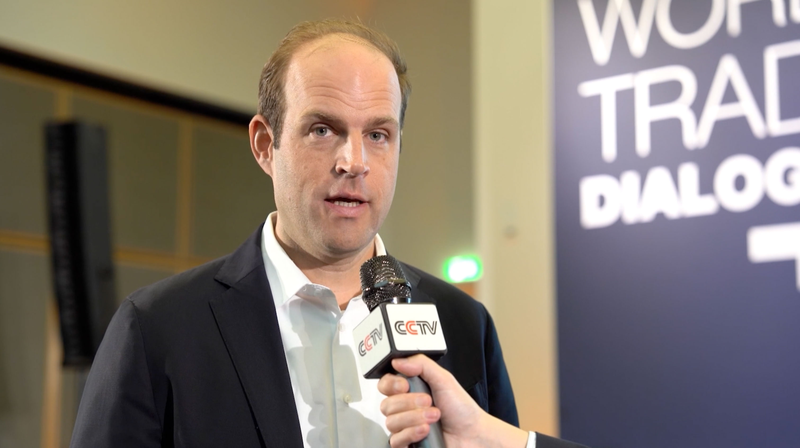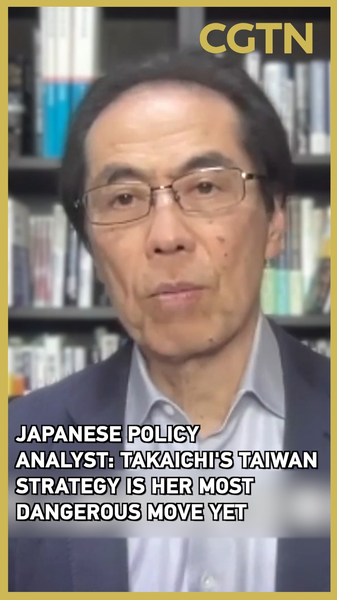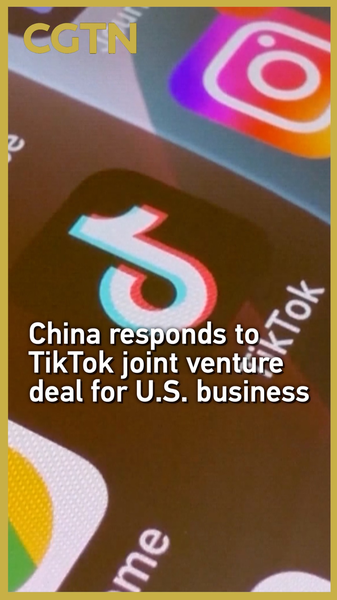Global container shipping gears up to navigate a shifting trade landscape as U.S. tariffs and geopolitical tensions reshape the rules of engagement. Yet, the Chinese mainland market continues to stand out as a cornerstone for carriers worldwide, according to the chief operating officer of Hapag-Lloyd.
Speaking to China Media Group, Hapag-Lloyd’s COO highlighted that the Chinese mainland accounts for more than 20% of global container throughput, making it the single largest trade hub. “Even with the added costs of U.S. tariffs, our Asia–Europe and Asia–North America lanes rely on the scale and efficiency of the Chinese mainland ports,” he explained, pointing to ports like Shanghai and Ningbo-Zhoushan that handle over 40 million TEUs collectively each year.
But it’s not just volume that keeps carriers anchored: innovation and sustainability are also at play. The COO noted that digital tools—ranging from real-time tracking to blockchain-based documentation—have slashed administrative delays by up to 30%, while green shipping corridors trialed in cooperation with Chinese mainland operators aim to cut carbon emissions by 15% by 2030.
Despite growing economic uncertainty, the expert stressed that diversifying trade routes is as important as strengthening ties. “We’re seeing increased collaboration with Southeast Asian and Middle Eastern ports, but the backbone of our network remains firmly linked to the Chinese mainland,” he said, adding that flexible capacity planning is key to absorbing tariff shocks and geopolitical shifts without disrupting supply chains.
For global entrepreneurs, sustainability advocates, and digital nomads alike, these insights underscore the delicate balance between trade policy and market realities. As the shipping industry sails into uncharted waters, the Chinese mainland’s role will likely continue to shape trade flows, investment strategies, and the future of global commerce.
Reference(s):
Expert: China key for global container shipping despite U.S. tariffs
cgtn.com



